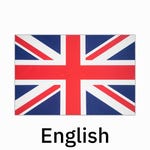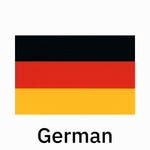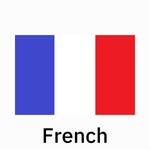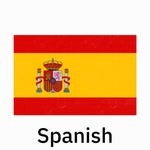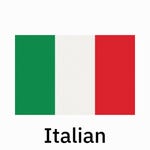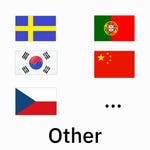Ever wondered what the most widely spoken languages are in the world? Although there are currently more than 7,000 languages, more than half of the world's population speak 23 of them only.
Whether it's the melodic tones of Spanish, the rich intricacies of Mandarin, or the rhythmic cadence of English, mastering these top tongues will open doors to new cultures and opportunities.
Knowing this information is essential to understand if you’re planning a global expansion strategy and levelling up in the business world. Additionally, whether in the workplace or personal development, knowledge of more than one language offers us new horizons and the opportunity to expand our cultural understanding.
From the languages that English speakers will find easy to learn, to the more difficult languages, we've compiled this all-encompassing list for you based on real data.
So what are the most spoken languages in the world? Keep reading to find out!
Editor's note: This post was originally published in July 2021 and has been completely updated and revamped for accuracy and comprehensiveness as of 2023.
1. English (1,452 million speakers)
- First language: 372.9 million
- Total speakers: 1.4+ billion
According to Ethnologue, English is the most-spoken language in the world including native and non-native speakers.
Like Latin or Greek at the time, English has become the world's common language. It is the default language in international business, tourism, technology, and much more.
A bilingual person who speaks Spanish and English can understand 1 in 3 people who connect to the Internet. They can also access over 60% of everything published on the web.
2. Mandarin (1,118 million speakers)

- First language speakers: 929 million
- Total speakers: 1.1+ billion
Looking at total speakers, Mandarin is the second most widely spoken language in the world. However, it's the most spoken language in the world if you count only first-language (native) speakers due to China's significant population.
Mandarin is not actually a language, but a set of dialects of the Chinese language. What unifies these dialects under the same name is that their speakers can understand each other.
3. Hindi (602+ million speakers)
- First language speakers: 343.9 million
- Total speakers: 602+ million
Hindi is, along with English, one of the 22 official languages of India, the second most inhabited country in the world. India’s incredible linguistic diversity (more than 121 languages coexist) explains the high rate of non-native speakers who use it as a lingua franca. In addition to India, Hindi is spoken by over a quarter of the population of Nepal!
4. Spanish (548+ million speakers)

- First language speakers: 474.7 million
- Total speakers: 548+ million
Spanish is the second most widely spoken language globally in terms of native speakers. In addition, it is the most spoken of the Romance languages and the third most used on the internet.
Spain’s enormous colonial expansion took this language not only to the Americas but also to Africa and Asia. Today, there are 21 Spanish-speaking countries in the world, with dozens more that have a significant Spanish-speaking population. Interestingly, the United States is the second country with the largest number of Spanish speakers in the world!
5. French (280 million speakers)
- First language speakers: 79.9 million
- Total speakers: 274+ million
Like Spanish and English, French spread throughout the world along with the French colonial empire. Today, there are 29 French-speaking countries all around the world!
If English is the language of business, then French is considered the language of culture. Its enormous importance is also reflected in the fact that it is the third language with the largest number of non-native speakers.
6. Modern Standard Arabic (274 million speakers)

- First language speakers: 0 million
- Total speakers: 274 million
Did you know that Modern Standard Arabic (MSA) is the only language on this list without native speakers? Indeed, Arabic is a large language with many different dialects, and all Arabic speakers grow up speaking a local dialect, like Egyptian Arabic, Levantine Arabic, Mesopotamian Arabic or another local variety.
So, how does MSA have so many non-native speakers? That’s because MSA is commonly used in newspapers, TV broadcasts, and movies, but people don’t speak it with each other. It’s an academic language that you’ll find in literature in politics, but not in everyday life. As such, if you’re interested in learning Arabic, you’re better off starting with one dialect and then learning MSA to widen your horizons.
7. Bengali (272+ million speakers)
- First language speakers: 233.7 million
- Total speakers: 272.7 million
Bengali is the official language of Bangladesh and is also spoken in some areas of India and Burma. It may come as a surprise that a language spoken in such a small region appears amongst the most spoken languages in the world. However, it makes sense when you think about the population density of that region.
8. Russian (258+ million speakers)
- First language speakers: 154 million
- Total speakers: 258.2 million
Less surprising is the inclusion of Russian among the most widely spoken languages globally considering that Russia is the largest country in the world by territory. Plus, while Russian is the official language of only four countries, it’s widely spoken in 19 countries. Did you know that it’s also the language with the highest number of native speakers in all of Europe?
9. Portuguese (257+ million speakers)

- First language speakers: 232.4 million
- Total speakers: 257.7 million
Portuguese is another language that expanded worldwide during the European colonial period. Today, Portuguese is the official language of nine countries in Europe, South America, Africa, and Asia. Brazil is the largest country out of those nine and has the most Portuguese speakers. Brazil’s large population makes Portuguese the most widely spoken language in the Southern Hemisphere!
10. Urdu (231.3 million speakers)
First language speakers: 70.2 million
Total speakers: 231.3 million
Urdu is one of the two official languages in Pakistan and is also widely used in certain regions of India. The spoken part of Urdu is widely intelligible with Hindi, as both speakers can understand each other without much issue. However, Urdu uses a modified Persian script for its alphabet, while Hindi uses Sanskrit.
11. Indonesian (199 million speakers)
- First language speakers: 43.6 million
- Total speakers: 199.0 million
Bahasa Indonesian is the official language of Indonesia, the fourth most populous country in the world. Peculiarly, it’s not the native language of most of its speakers. Rather, it’s a second language necessary for mutual understanding in a country with more than 200 languages.
12. German (134.6 million speakers)
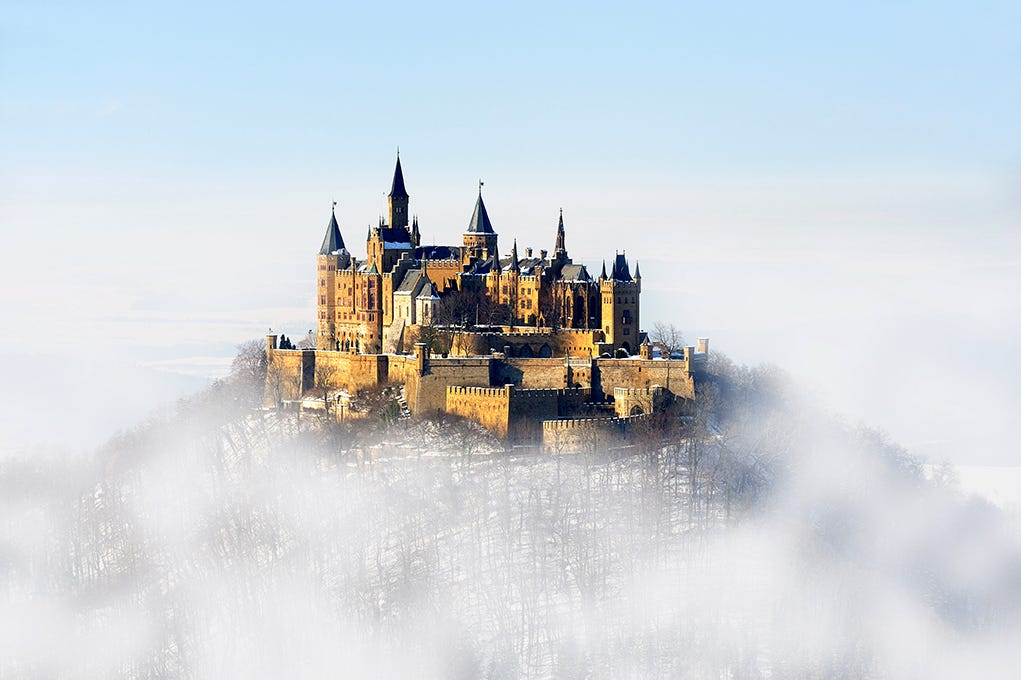
- First language speakers: 75.6 million
- Total speakers: 134.6 million
German is, of course, the official language of Germany. Unlike its other European counterparts, it’s mostly spoken in Europe, with only Austria, Liechtenstein, Switzerland, and Luxembourg having sizeable German-speaking populations. With that said, learning German is incredibly popular relative to its small population, ranking as the fifth most studied language in the world.
13. Japanese (125.4 million speakers)
- First language speakers: 125.3 million
- Total speakers: 125.4 million
Japanese is the first language on this list that is entirely spoken within one country. In fact, over 99% of Japanese people speak Japanese as their native language! With that said, learning Japanese is extremely popular among people who want to enjoy Japanese culture and do business with the third-largest economy in the world.



